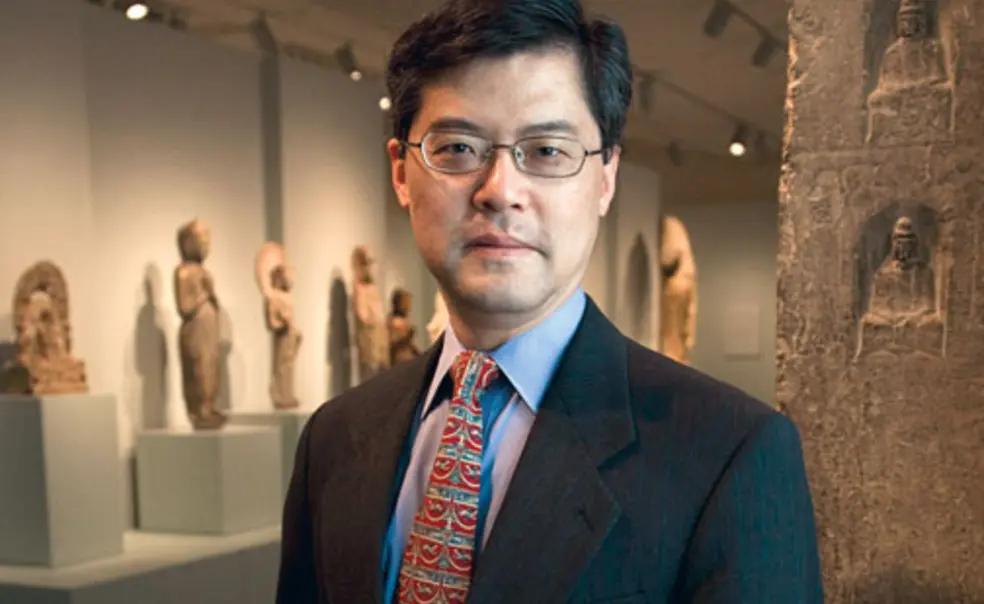Alumni Profile: Jay Xu *08, museum innovator
Jay Xu *08 rebranded the Asian Art Museum in San Francisco.
Résumé: Director of the Asian Art Museum in San Francisco. Chairman of the Department of Asian and Ancient Art at the Art Institute of Chicago from 2006 to 2008. Doctorate in art and archaeology.
AN ARTFUL CAREER Born in the wake of the Cultural Revolution when art was still suspect, Shanghai-born Jay Xu *08 says his first love was literature. He gravitated to art during a curatorial stint at the Shanghai Museum, where his fascination for the tales behind artifacts led him to graduate studies in art history in the United States under his mentor, Princeton professor of art and archaeology Robert Bagley. In 2008, after several prestigious curatorial roles, Xu assumed leadership of San Francisco’s Asian Art Museum and became the first Chinese-American to head a major U.S. museum. Four months into his tenure, the economic downturn hit, but Xu, who loves challenges, has navigated an internal financial crisis while launching an ambitious rebranding campaign to attract visitors and funding.
SHOCK OF THE NEW In September 2011, Xu unveiled a new logo — an eye-catching inverted “A” aimed at sparking conversation. The glyph also is the mathematical symbol “for all,” underlining Xu’s desire to reach a broader audience. Xu has encouraged curators to mine the museum’s world-class collection of more than 18,000 objects with modern themes in mind, and educators now take part in exhibition-planning to make shows more engaging to viewers.
CONNECTING PAST AND PRESENT Xu aims to integrate more contemporary art into exhibits. This strategy has resulted in shows like “Maharaja,” which juxtaposes the opulent trappings of India’s royal past with an exhibit of Pixar animator Sanjay Patel’s eye-popping digital illustrations of Indian deities. (“Maharaja” runs through April 8.) Mami Kataoka of Tokyo’s cutting-edge Mori Art Museum will guest-curate “Phantoms of Asia,” an exploration of the spirit world, opening in May, that ties the work of 30 emerging Asian artists to historical objects in the collection. “Asia is one of the most dynamic regions right now in terms of opportunities and challenges,” Xu says, “and this museum will be a wonderful platform for visitors to explore that.”












No responses yet